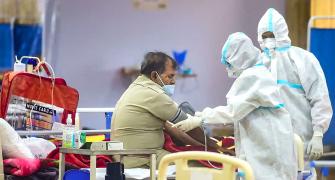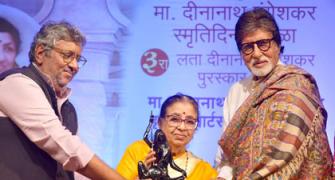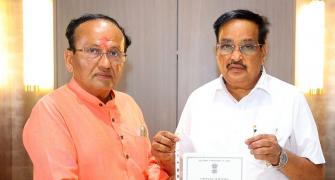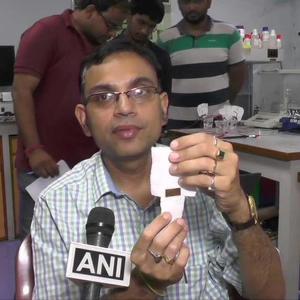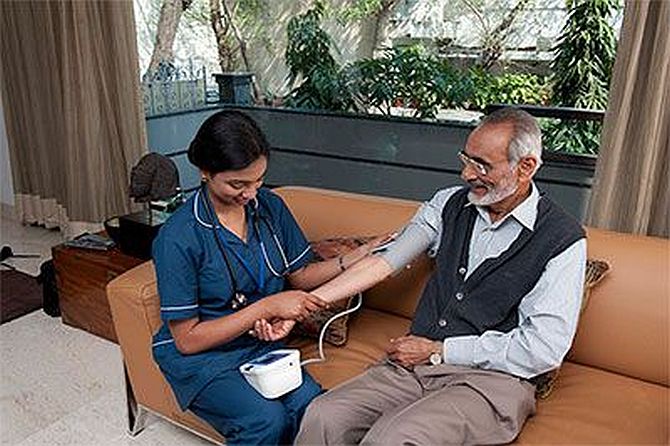'For free supply of drugs and medicines itself, almost Rs 20,000 crores would be required.'
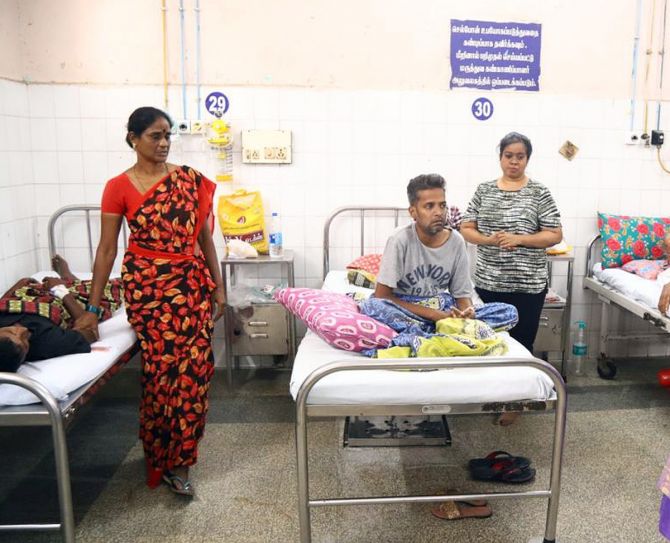
"Government must spend more than 3% of GDP on health care," former Union health secretary Sujatha Rao tells Rediff.com's Syed Firdaus Ashraf in the concluding part of a two-part e-mail interview.
- Part I of the interview: 'After the devastation of Covid, I had expected a higher budget for health'
Another worrying statistics is the doctor to patient ratio in India. We have 0.7 doctors per 1,000 patients. WHO says the average should be 2.5 doctors per 1,000 patients. What can the government do to increase the doctors to patient ratio?
Well, nearly 600 medical colleges with the capacity to produce almost 100,000 graduates per year have been set up.
Budgets are required to invest in government medical colleges to build appropriate infrastructure for ensuring high quality of instruction.
Right now, many of our medical colleges are in a very unsatisfactory condition without basic infrastructure like libraries or laboratories.
People in Kerala were expecting that AIIMS would be set up in their state, but this Budget did not find any mention of it. At this moment, what is the status of other AIIMS that were to be set up?
We were to get 22 AIIMS. In 2019, only six AIIMS were fully operational. What is the status of these AIIMS? The budget does not mention anything about it.
The Government of India has set up 22 AIIMS.
Six are operational, but continue to have huge vacancies. Remaining 16 are in progress.
Some funds, about Rs 6,000 crores, have been allocated in this year's budget for these AIIMS.
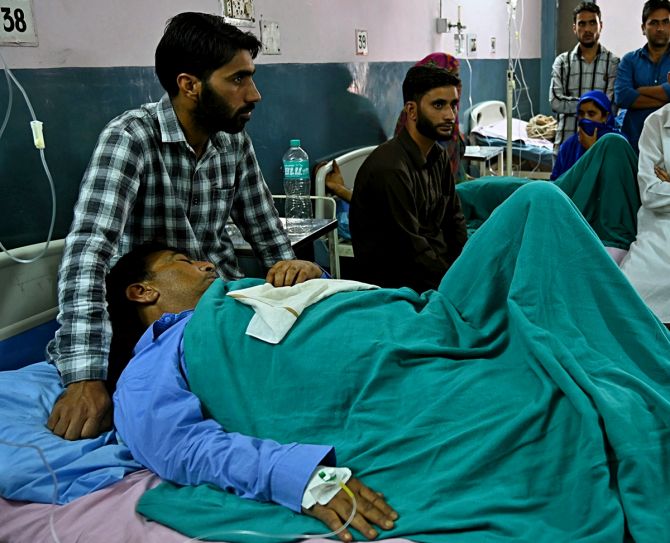
I was reading a report which stated that according to WHO, 55 million Indians fall into poverty or deeper poverty every year due to catastrophic expenditure on health.
What could the Budget do to ensure that Indian families don't have to go through hardships when they are hit by severe health issues?
Spend more. 70% of out of pocket expenditures are on diagnostics and purchase of drugs and medicines -- outpatient treatment.
More money needs to be allocated to cover outpatient treatment under the health insurance programmes on the one hand and on the other, create the necessary diagnostic infrastructure (laboratories) and provide free drugs and medicines in all public facilities.
For free supply of drugs and medicines itself, almost Rs 20,000 crores (Rs 200 billion) would be required.
Our sustainable development goals target is to bring down out of pocket spending to 20%.
That will mean government spending must go up to 3% of GDP as a minimum.
There have been many schemes regarding health that have been launched, like the Pradhan Mantri Jan Arogya Yojana which provides Rs 5 lakh per family per year to around 10.74 crore (107.4 million) poor families.
And by the government's own admission 21.24 crore (212.4 million) Ayushman cards have been issued.
Have these measures helped the poor of India?
I have not studied it, but I am not sure if any comprehensive survey has been undertaken to assess its impact.
I am sure that persons covered under this scheme would definitely have been helped and out of pocket expenditures saved for sudden hospitalisations and surgeries etc.
We have the Manodarpan scheme where the government takes care of the citizen's mental health. And in this Budget Rs 133.73 crore (Rs 1.3373 billion) was provided for mental health.
Does this Budget skip this important issue as estimates say 56 million Indians suffer from one or the other mental health issues?
Don't know much about this scheme.
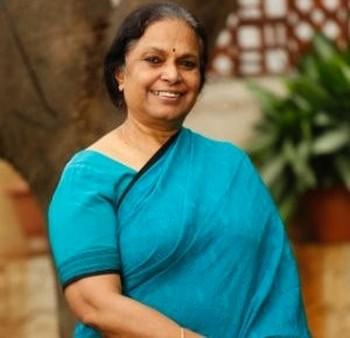
IMAGE: K Sujatha Rao, former Union health secretary.
Photograph: Kind courtesy Sujata Rao/Linkedin
The plan to eliminate sickle cell anaemia by 2047 was a very welcome step in the Budget but on the same hand we have not been able to eliminate tuberculosis though India has set a deadline to eradicate it by 2025.
Is it possible to eradicate these diseases within the given deadline?
No. Sickle cell anaemia is a genetic disorder and it's all about mutations.
It's not easy to eliminate it, but certainly morbidity can be alleviated and with timely treatment perhaps some amount of mortality too.
It affects the poorest of the poor and so I am glad that some attention is being proposed.
TB has had a very severe setback due to Covid... It is certainly possible to reduce the incidence of TB and also deaths by timely diagnosis and treatment as it is treatable.
But elimination may be problematic. Nevertheless, I am all for giving TB a high priority.
Why does India keep missing deadline after deadline to eradicate diseases? Even measles and rubella was to be eradicated in 2015, but the deadline was extended to 2020 and now we have a 2023 deadline.
Are budgetary provisions not enough or do we not have ground staff or enough doctors to ensure this disease is eradicated?
Inadequate resources and inadequate manpower.
Eradication of any disease calls for designing comprehensive strategies.
Such strategies are resource intensive.
After all it took polio 25 years to be eradicated in India, but we find it may have come back.
It took 25 years to halt HIV/AIDS... So disease eradication takes time and resources.
We have not had a serious focus on measles or rubella.
With the vaccine included under the National Immunization Programme, I think we should be able to gain some control over these two diseases.
Feature Presentation: Rajesh Alva/Rediff.com

